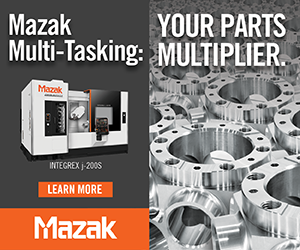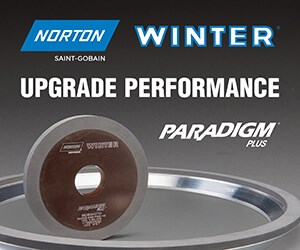Amada Miyachi's WL-300A Laser Workstation Marks Larger Parts
Amada Miyachi’s WL-300A laser processing workstation is designed for nanosecond pulsed fiber laser applications.
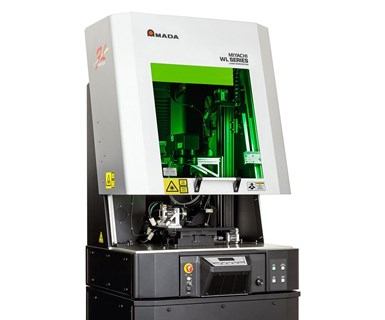
Amada Miyachi’s WL-300A laser processing workstation, a larger version of the LMWS laser marker workstation, is designed for nanosecond pulsed fiber laser applications. The workstation is equipped with Amada Miyachi’s LMF fiber lasers (10-70 W).
The machine features a fast and precise motorized Z axis for focus adjustment, easy access to parts and tooling, and an optional XY table for step and repeat motion, the company says. Lens options include F-Theta 100 mm, 160 mm, 254 mm, and 420 mm for marking a variety of parts. An optional compact motorized rotary axis enables easier marking and welding on cylindrical parts. The M6 threaded-hole pattern mounting base plate eases fixturing. An extraction port with flexible tubing extracts harmful fumes created during the laser process.
The WL-300A can handle a variety of mark types, including line art graphics; shaded graphics; TrueType fonts; single-point or drill object arrays; data matrix or QR codes; and MS AutoDate, MS TextMerge, serialization, and barcode marks. Though primarily designed for laser marking and engraving applications, the laser source can also be used to weld and cut thin metals ranging to 0.010" (250 micron) thick.
Related Content
-
How to Start a Swiss Machining Department From Scratch
When Shamrock Precision needed to cut production time of its bread-and-butter parts in half, it turned to a new type of machine tool and a new CAM system. Here’s how the company succeeded, despite the newness of it all.
-
Buying a Lathe: The Basics
Lathes represent some of the oldest machining technology, but it’s still helpful to remember the basics when considering the purchase of a new turning machine.
-
Volumetric Accuracy Is Key to Machining James Webb Telescope
To meet the extreme tolerance of the telescope’s beryllium mirrors, the manufacturer had to rely on stable horizontal machining centers with a high degree of consistency volumetric accuracy.
.jpg;maxWidth=970;quality=90)

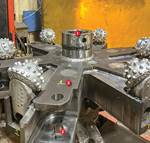


.jpg;maxWidth=300;quality=90)
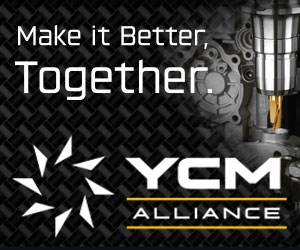
.png;maxWidth=300;quality=90)

